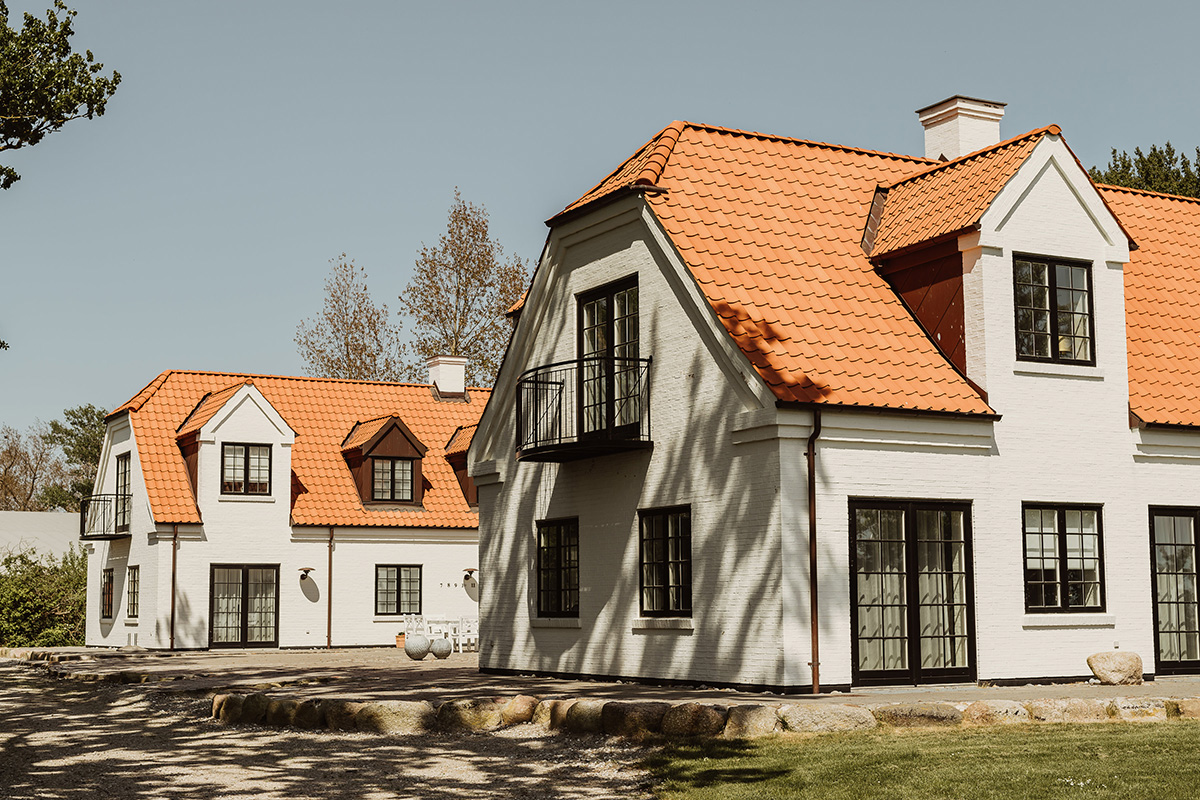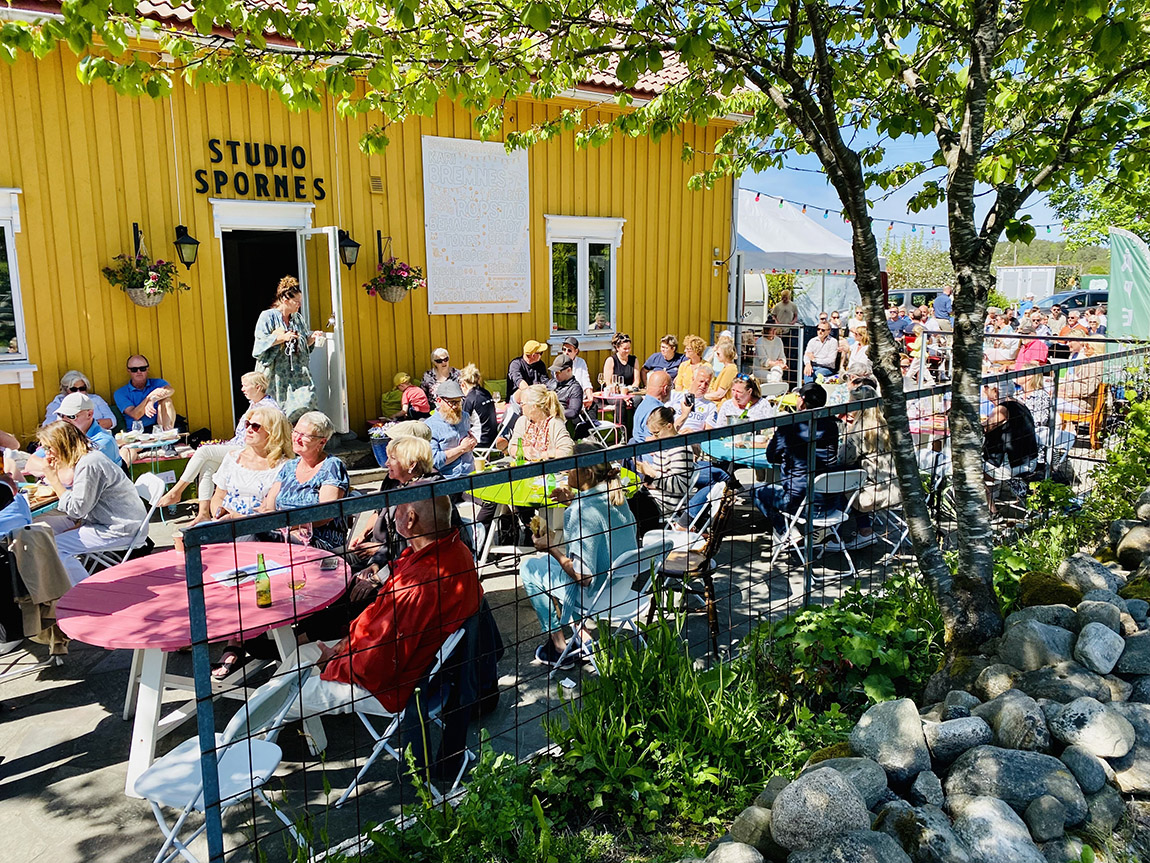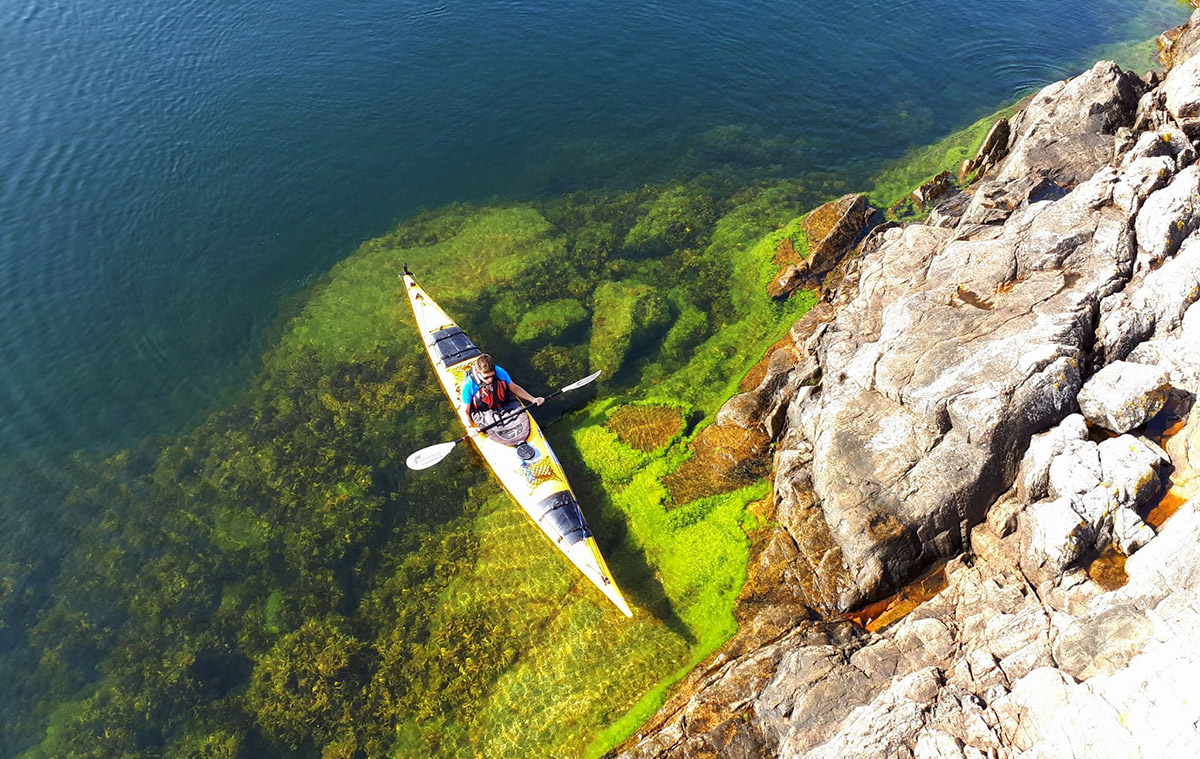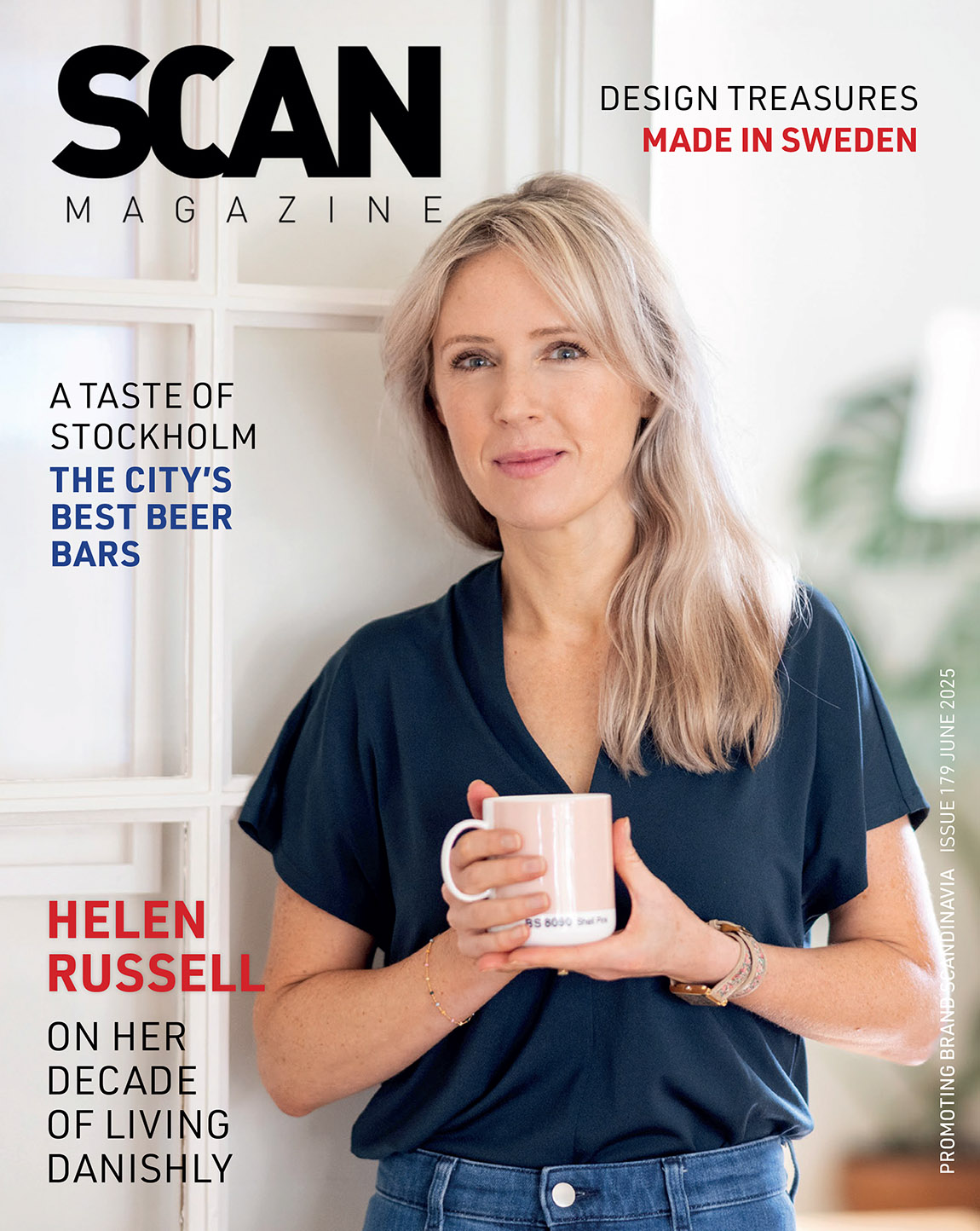Cultural History Museum in Ilulissat: Cultural history in rapidly changing times
By Signe Hansen | Photos: Cultural History Museum in Ilulissat

The Cultural History Museum in Ilulissat.
At the Cultural History Museum in Ilulissat, history is seen as a part of our modern life. An example is the exhibition US and the USA, which was set up in January 2025 after the US administration – again – underlined Greenland`s importance for its nation’s security.
The museum holds a variety of permanent exhibitions on subjects such as the UNESCO site Sermermiut, the town development of Ilulissat, traditional clothing, and the cultural history of the Disko Bay area. It also pays tribute to important polar explorers from Ilulissat, like Jørgen Brønlund and Knud Rasmussen, the latter of whom was born in the building.
“Earlier, the museum was called the Knud Rasmussen Museum, but the European concept of dedicating a building to a person just because they were born there, seems odd. One’s place of birth is not a person’s achievement,” museum director Andreas Hoffmann points out. “Ilulissat is proud of several polar expedition members, and we should never underestimate the importance and survival skills of the – often anonymous – female participants.”
Since 2022, the museum has gone through a decolonisation process. The new kayak exhibition is based on over 100 Greenlandic words connected to the design and use of the kayak and its tools. Language becomes an equal part of culture. Another room is an interactive playroom:
“In it, we explore what kind of toys kids played with in order to improve their hunting skills. It redefines our understanding of toys as a pastime activity,” explains Hoffmann. “However, it doesn`t help to learn about toys if you, as a visitor, can`t experience them practically. Therefore, we have created different stations where museum-goers of all ages can play.”
Another captivating exhibition at the museum focuses on Sermermiut, a UNESCO World Heritage site. This exhibition offers a glimpse into Greenland’s history, showcasing how its settlements have shifted over the past 4,500 years as communities adapted to the ever-changing climate.
“The history of our building, one of the oldest in Ilulissat, demonstrates how little understanding colonial powers had for the daily life here. It was planned to be the seminary for catechists called ‘Ajoqersuivissuaq’, meaning ‘A big place to be taught’,” explains Hoffmann.
However, it was only used as such between 1846 and 1875 and again from 1900-1907. Due to the lack of students, the house often served exclusively as the priest’s home, and stood as the town’s only two-story building, overlooking the small peat houses of the locals. “In the near future, we will investigate how the position of the building defined and shaped a kid like Knud Rasmussen during his first 10 years,” says Hoffmann.
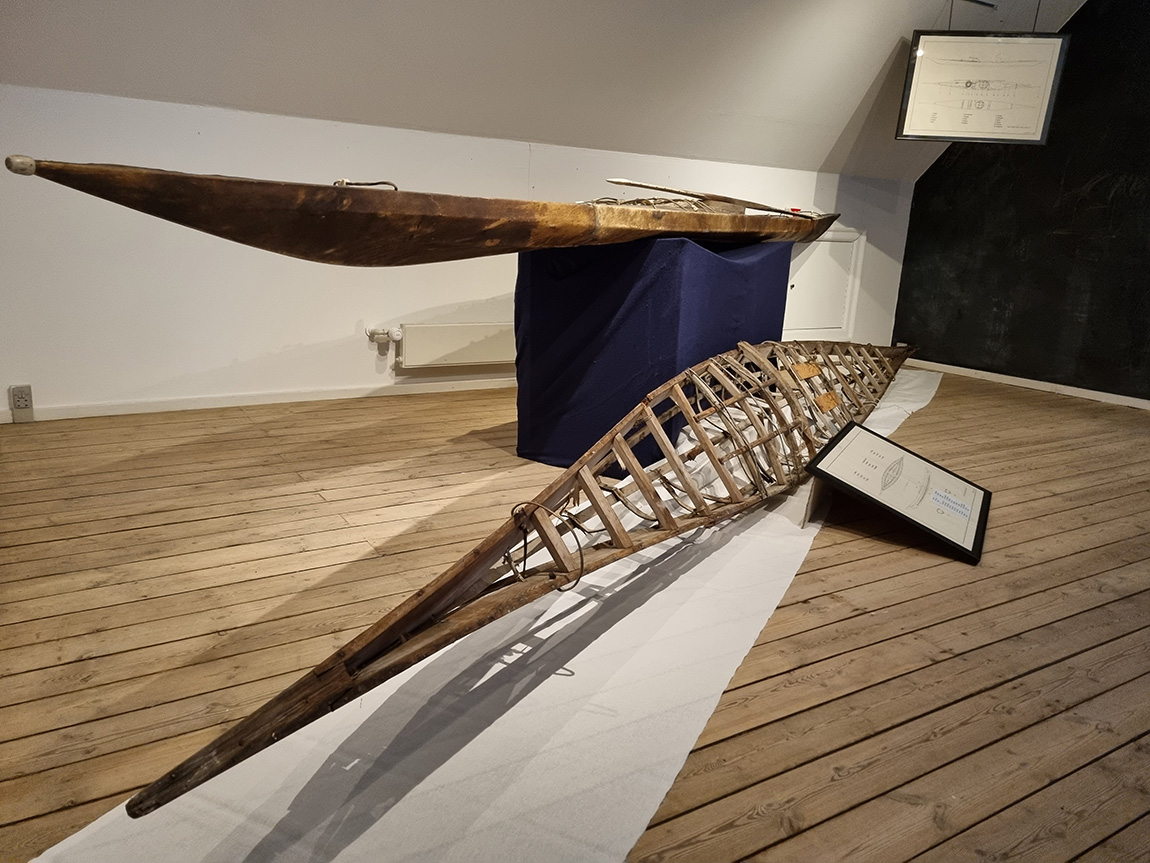
A QAJAQ, the Greenlandic kayak, is an essential piece of hunting equipment.
Web: www.ilulissatmuseums.gl
Facebook: IlulissaniKatersugaasivik
Subscribe to Our Newsletter
Receive our monthly newsletter by email

